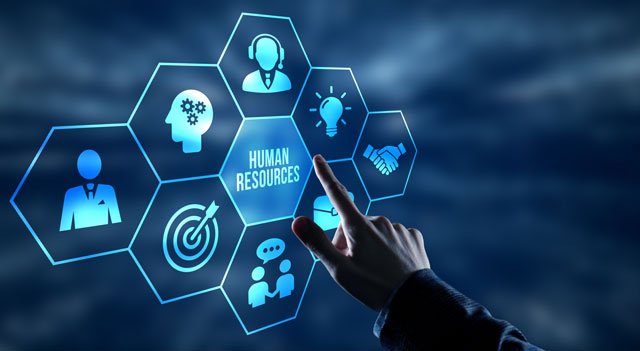Workforce intelligence software can push your business to the next step and make operations more convenient. Each tool works differently, so learn about their features before investing. If you choose sophisticated software, you can leverage the advanced capabilities to streamline your workforce and processes.
Here’s why investing in workforce intelligence tools is a good decision:
Table of Contents
1. Analyzing Workforce Data
Workforce intelligence databases, tools, and technologies offer a way to gather and analyze data. You can collect and explore different data sets from internal and external sources. The analysis allows you to track trends and performance, identify issues, and produce insightful reports. Investing in workforce intelligence technologies saves you the time to analyze massive data.
You can leverage sophisticated algorithms to sort through the data and produce mission-critical insights about hiring, performance, advancement, and remunerations. Data analysis is among the top benefits of using software and simplifies complex processes by leveraging computer brainwork. You can analyze past trends and high volumes of data from many different systems, databases, and companies.
2. Resolving Workforce Problems
Every workforce has unique challenges and milestones that need intuitive solutions. Investing in workforce intelligence can provide solutions for different challenges and problems. A good example is during hiring; workforce intelligence helps the company seek out the most qualified talent based on top-rated skills in the industry. The company can identify what’s causing low performance and determine the proper fixes through analysis.
Workforce intelligence software can help you analyze attendance rates, active work hours, and turnover. You can also review survey data and records from other companies to find out how others resolved specific workforce problems. Top systems offer solutions for hiring and attrition, expenses, offshoring, competition, macro trends, transitions, and job vulnerability. They monitor data for indicators to provide proactive solutions and prevent losses.
3. Competition & Benchmarking
Benchmarking is part of running an organization and matching the top performers in the niche. You can learn from what other companies have done and use their standards and results to benchmark. Modern workforce intelligence tools standardize millions of employment records from different organizations. You can leverage the massive data to analyze past and current practices and determine what successful competitors are doing.
With modern workforce intelligence tools, you have instant access to hundreds of millions of data points for benchmarking. The software can benchmark hiring and training strategies, manage turnover costs, examine workforce demand, and streamline communication. Workforce tools help you avoid mistakes by learning from others and comparing actual data to mitigate known risks.
4. Streamlining Business Operations
Business processes are complex and overlapping, which makes harmonizing the workforce daunting. Data analysis and ongoing tracking allow you to identify and eliminate inefficiencies. You can examine how employees and supervisors work to streamline every process. Workforce intelligence technologies collect data across all business practices, allowing you to identify aspects that can enhance overall business efficiency.
You can refine the hiring process to ensure the company has the right talents at all times. HR data can also reveal what the workforce wants and how to keep them happy and motivated. Intelligence software can gather metrics, track performance, and produce automatic reports. With such insights, you can streamline all aspects of the workforce to get the results you seek with the least effort/cost.
5. Predicting Workforce Trends
The ability to predict workforce trends eludes many organizations that don’t leverage big data. Workforce intelligence pries on the ability to examine different data sets and forecast outcomes. Big data can predict future workforce demands, performance, and hiring trends. Predicting the future allows you to prepare for changes and guarantee business continuity through the different cycles.
You can use workforce intelligence technologies and databases to examine records and trends. Reviewing the past and competition allows you to identify what caused specific changes or outcomes. The revelation can inform future short-term and long-term strategies. Your organization can determine the right time to hire, train and integrate new talent. The data also helps with workforce diversification, advancement/promotions, and remuneration.
Using Premium Workforce Intelligence Software
Companies need the best workforce intelligence software to get desirable outcomes. Each tool has specific features and limited capacity. HR databases, demonstration labs, and analytics software are used differently, but some solutions combine multiple applications into a seamless, convenient dashboard. Stick to reputable software solutions with proven results and the latest technological advancements.
Also read about hardware resources use12

